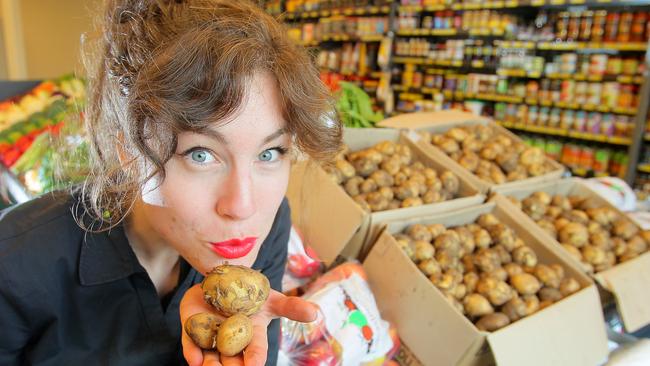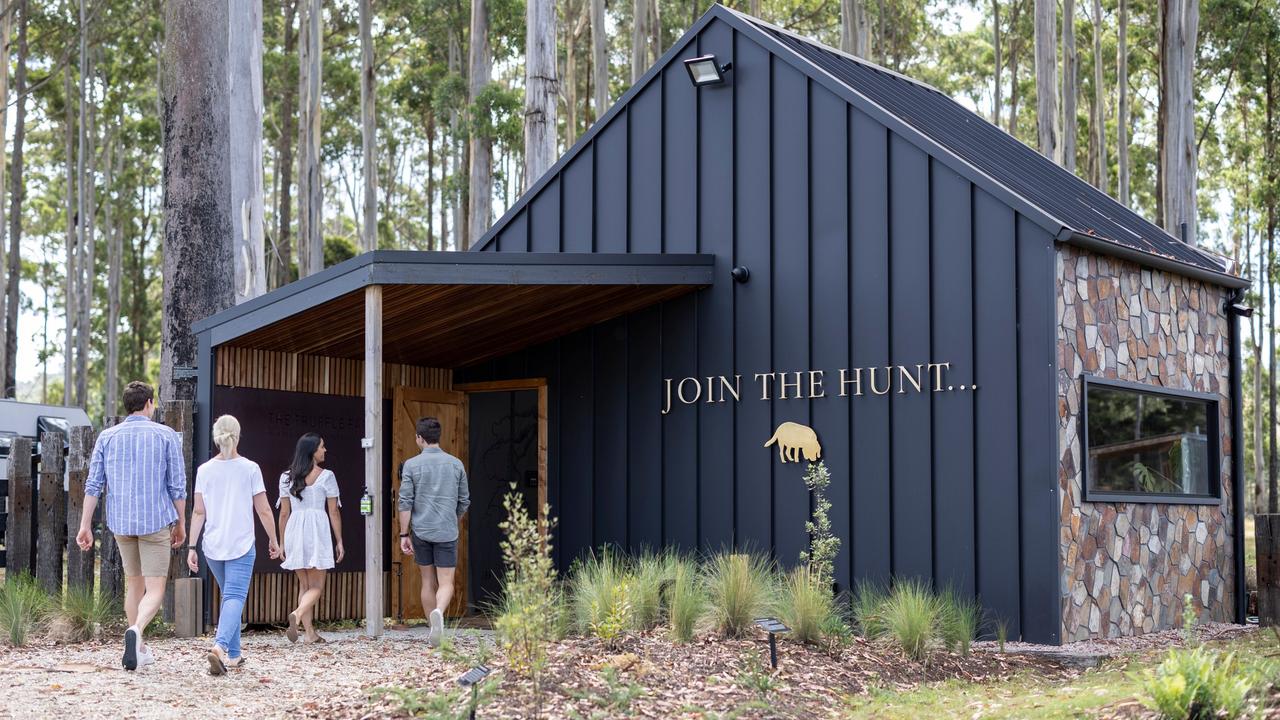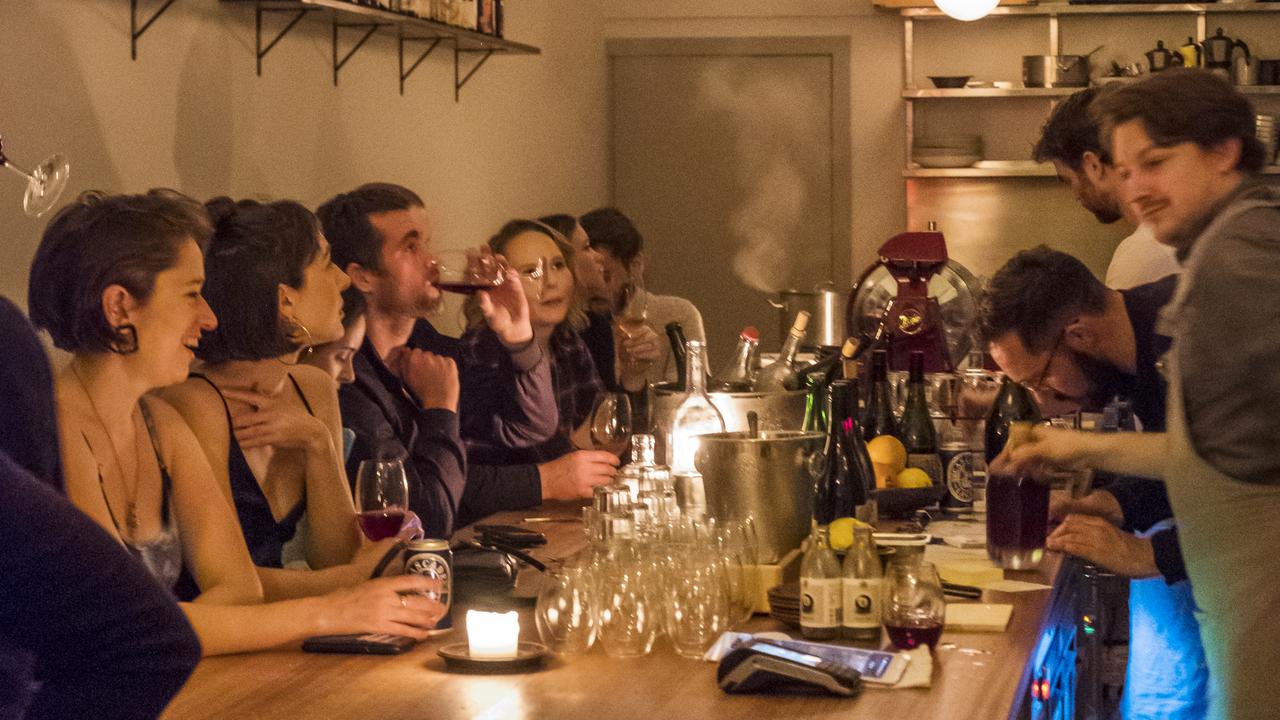Taste: What’s in store for you
POTATOES are not just for Christmas. Under the right conditions they can be on the menu all year.

Food and Wine
Don't miss out on the headlines from Food and Wine. Followed categories will be added to My News.
WE know of the pressure to have the first pink eye potatoes ready for Christmas Day, but apart from that, most of us would be hard put to say when the potatoes are in season.
There is no time of year when you cannot buy fresh potatoes, and as all fresh potatoes sold in Tasmania have to be grown here that must mean they are in season all year.
Right? Wrong. While other states can source fresh spuds from other parts of the country where they are in season, in Tasmania potatoes have to be stored to get us across the out-of-season gap.
Kevin Clayton-Greene, who is Harvest Moon’s go-to man on potatoes and was recently only the second Australian to be honoured at the World Potato Congress, says we can get early potatoes in August and September (ones that can grow at low temperatures in winter).
The main months in Tasmania for lifting newseason potatoes are January and February. By the end of April the first frosts hit and the tops of potatoes die and the growing season ends.
Between then and the next potatoes in August, the fresh potatoes must be stored, either in the earth or in cool stores.
“There is nothing nicer that a new spud straight out of the ground in spring,” Kevin says.
“Once any vegetable is harvested, all you are trying to do is slow down its death - storage is palliative care for fruit and veg.
“After four or five months in storage, a potato is getting long in the tooth.”
Most of the bigger potato growers keep potatoes in cool storage – at 4C or below to stop shooting. Kevin says it is quite a complex calculation to keep potatoes available all year.
The more dry matter potatoes have the more starch they have as reserves for storage, but the longer a potato takes to grow, the less time it has to lie dormant after harvest.
John Donohoe grows “a tiny” 40-50 tonnes of potatoes a year at his farm near Cygnet.
He start to harvest pink-eyes in October and by April all his potatoes have finished growing.
He has little room for storage so mostly leaves his potatoes in the ground and digs them up as they are ordered.
However, you store them, Kevin says the “worst time for spuds is October and November, when they can be particularly poor for making chips – they may go black and have a sweet aftertaste”.
While all the fresh potatoes in Australia are grown here, as a whole, slightly more potatoes are imported than the entire domestic production, mostly as frozen chips.
If you want chips in spring you might be best to buy them frozen. Look for the number 93 (the prefix for Australia) at the beginning of the barcode and chances are they were also grown in Tasmania.
Book now
If you have not quite got round to a Father’s Day gift yet, here are some last-minute cookbook suggestions.
David Herbert’s Best Home Cooking (Penguin Books $39.99). Because you know they will work every time and he keeps it simple - and you will be able to throw away 200 of those dog-eared clippings of Herbert’s Weekend Australian column.
Food + Beer, by Ross Dobson (Murdoch Books $45). Because for each of his recipes for ‘social food” to kick off the evening and for animal and marine protein mains, he suggests the right beer to drink with it. What you will have to look hard to find is beer as an ingredient.
The Ultimate Sandwich, by Jonas Cramby (Pavilion Books $34.99). Because this is blokey food. There are classic and novel sandwiches with fillings between bread, buns, baguettes and muffins, and not one of them dainty. A sandwich is about the whole, Cramby says – about neither the bread nor the filling, nor the condiment taking over.


